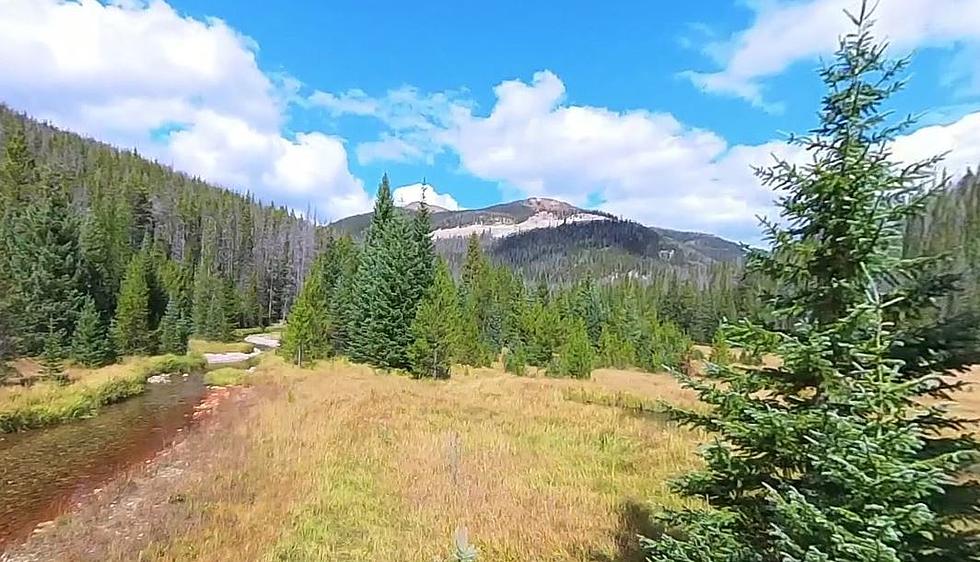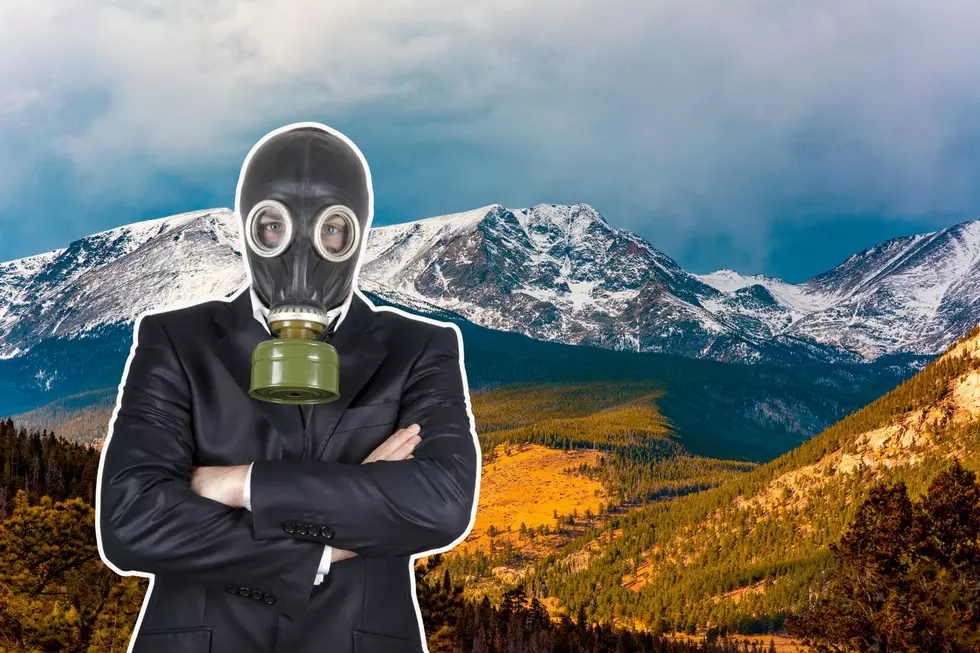
The History of Colorado’s Lost Lulu City
As time goes on, many of Colorado's former mining towns have turned into just a memory. Historic sites across the state that were once bustling with prospectors and their families now sit quietly undisturbed.
Lulu City is one of those places.
Situated on the western side of the Rocky Mountain National Park are the remains of this deserted Colorado town. The former mining community was thriving at one point in time, but those days are long gone.
Lulu City was established by a group of prospectors at the start of Colorado's silver boom in 1879. One of the men leading the charge was Franklin Burnett of Fort Collins. The mining camp was reportedly named after Burnett's daughter.
At its peak, Lulu City was home to approximately 200 people. During this time, the community had a variety of businesses, including a barber shop, a hardware store, a real estate agency, multiple general stores, a liquor store, and a butcher shop. There was also a hotel and roughly 40 houses.
Look: Explore What's Left of Morley, Colorado
Although it was a peaceful location, a lot of violence allegedly took place in this little Colorado mining town, staining its reputation.
In addition to violent attacks, harsh conditions contributed to driving Lulu City's residents out of the area not long after they arrived. In the winter of 1881-1882, many miners deserted the town. The roads and trails were impassable, which made life especially hard for those who stayed. During this same winter, only 10 active mines remained in Lulu City – all of which were producing low-grade gold and silver at that. As a result, most of the prospectors' profits were incredibly low.
Most of Lulu City's lingering residents left by the following winter. And in 1884, the federal government announced it would close Lulu City's post office.
By 1885, Lulu City had become a complete ghost town.
The site in the upper Kawuneeche Valley became part of Rocky Mountain National Park in 1949 and was added to the National Register of Historic Places in 1977. A trail inside the park leads hikers to the remains of Lulu City, which is most easily accessed by the west entrance. This trail used to be the old wagon road that the miners took to and from town.
The hike begins from the Colorado River Trailhead, 9.3 miles north of the Grand Lake Entrance. It's a 6.2-mile roundtrip trek with an elevation gain of 300 feet. Those who have hiked it say the difficulty level is easy to moderate.
Spruce and pine trees provide shade along the scenic path. Surrounding sights also include a lush meadow, towering mountains, and a pretty river. Wildlife like elk, fox, moose, deer, and bears have all been spotted here. The trail is wide and flat most of the way.
The ghost town is reached at about 3.7 miles into the hike. Little is left of Lulu City except for a few crumbling cabins, some leftover artifacts such as a bear trap, and several building foundations. Part of an old mine shaft is also still intact. The historic site is marked by an official RMNP sign.
RELATED: Discover the Lost Ghost Town of Dyersville, Colorado
Dogs are not allowed on the trail so be sure to leave them at home for this hike.
5 Hikes that are Perfect for Colorado History Buffs
Gallery Credit: Kelsey Nistel
More From K99









